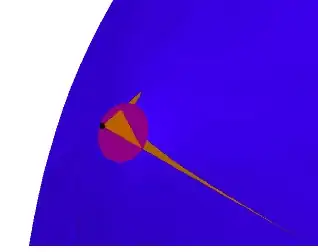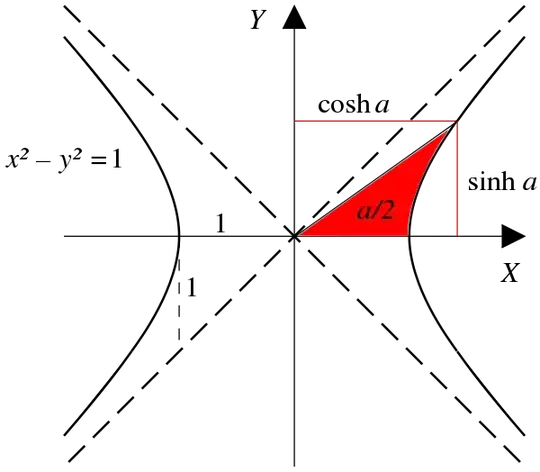I am trying to understand geodesics and distance in hyperbolic space $H^n$ (Inverse image of $-1$ under $f(x_0,x_1,\dots,x_n)=-x_0^2+x_1^2+\dots+x_n^2$ and with the inherited metric). More precisely, I want to show that the Riemann distance between two points $p,q$ is $d(p,q)=arccosh(-p\cdot q)$.
Easy I thought, just compute the geodesics between two points $p,q$ and evaluate the length.
However, I don't really understand how to do this and would appreciate some help. How do I get a nice analytical formula which I can just "evaluate" to obtain the distance? In all the books I've read there are only very geometric arguments which don't really produce formulas and I don't really understand how to go between the two...

